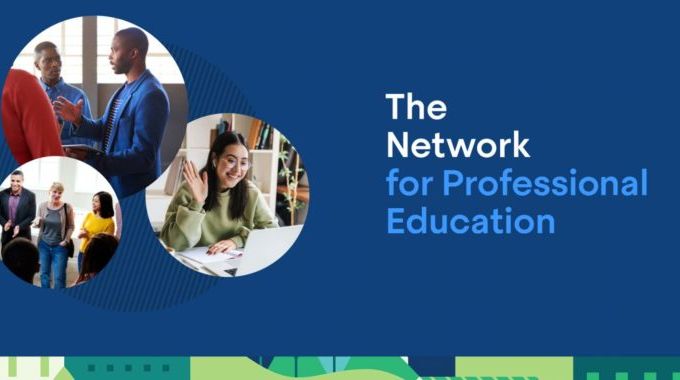Q&A with BU’s John Regan, CGS Director of ePortfolio and Assessment

This Q&A series highlights innovative ideas, collaborative thinking, cutting-edge perspectives and those leading the digital learning charge.
About John Regan
John Regan is a Master Lecturer in the Department of Rhetoric at the College of General Studies and serves as the College’s director of ePortfolio and Assessment.
In 2009, Regan began integrating use of Digication into his teaching and since expanded his expertise to include presenting on ePortfolio and assessment at numerous international, national, and regional conferences, and co-authoring the chapter on ePortfolio and international education in the Field Guide to ePortfolio. In his presentations he highlights outstanding and innovative student work with ePortfolio and has often co-presented with students.
Our team connected with Regan to discuss the quest to enhance the Digication teaching and learning experience at BU; how he became an advocate/voice for use and what is in the Digication portfolio platform pipeline.
Q: What was the educational challenge?
A: Our challenge at the College of General Studies has always been how to improve the Digication experience for students and faculty. We have been using the Digication ePortfolio platform since 2009. While Digication has always been a vital part of our assessment of student learning, allowing students to post and archive academic work and faculty to easily access that work, the platform lacked high-end design features and its user interface was unintuitive. Fortunately, the new version of Digication addresses these concerns. Users can now create vibrant ePortfolios that rival top web-building platforms in appearance and do so via a far more intuitive interface.
Q: How did you develop/implement the new technology?
A: We introduced New Digication in January 2019. While I was grateful that we now had access to a new, much improved platform, it also meant that we would need to create updated instructions for users and provide training for faculty and students along with our regular on-going system support and maintenance. In terms of updating our instructions, we drew heavily from the supporting documentation created by BU Educational Technologists Amod Lele and Maria Afzal, and we supplemented their fine work with CGS-specific screenshots and instructions. Our senior administrative assistant Karen Healy has provided me with excellent support in making the transition, and I’m so grateful that we moved to a platform that is easier to use rather than the other way around!
Q: How has the use of Digication transformed the teaching and learning experience?
A: With our move to New Digication, CGS students are now able to create vibrant ePortfolios that capture the wide range of their academic work. For our Natural Science courses, students post hand-written lab notes, photos, drawings, charts, graphs, and text; our Natural Science faculty have really done an outstanding job in leveraging the capacities of New Digication to augment their courses and encourage multimodal learning. Moreover, in courses with the HUB requirement of Digital Media Expression, students can study the basic principles of graphic design and apply those principles as they create their ePortfolios. For example, in my Rhetoric 104 course, students worked collaboratively to evaluate each other’s ePortfolios in relation to graphic design principles such as alignment, proximity, and color. The end results were impressive—many students who professed to have no experience or aptitude in graphic design produced high-quality work.
Q: What’s in the pipeline/what are your future goals?
A: First off, I want to get the word out to the BU community that the New Digication is radically different than the old one. If you found the older version underwhelming, I suggest you test drive the new version. It’s clearly “not your father’s Digication,” to borrow from the famous car ad. And for those faculty who are interested in ePortfolio as part of direct assessment of student learning, Digication is developing a “back-end” assessment feature. I will be beta-testing this feature in the near future to determine if it has value for our program.
Finally, as I move into my second year with the New Digication, I’m looking forward to seeing what this year’s students can do with it. I’m also curious if students will gravitate towards the New Digication for personal and professional use. Whereas I couldn’t imagine students using the older version for purposes outside of the classroom-—and they didn’t—the new version may provide an attractive medium for students to quickly and easily create their own professional-looking web pages and sites.
Read more on ePortfolio and view the Fall 2019 Digication Scholars Webinar Series.
To schedule an appointment with an Educational Technologist, email askedtech@bu.edu.


